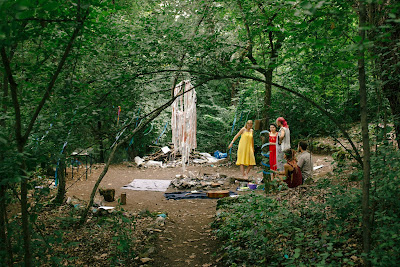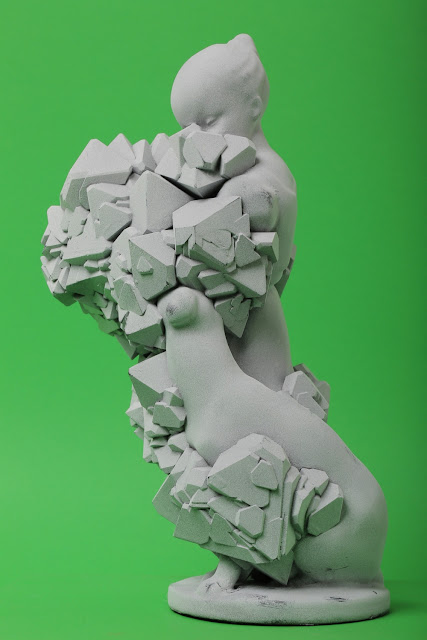Belonging(s): Anna Orłowska and Puklus Péter (February 2017)
BELONGING(S)
Exhibition of Anna Orłowska and Puklus Péter in Platan Gallery
Opening February 15th, 2017 at 7pm
Opening speech by Patrycja Rup art manager
Individual and collective identities are strongly influenced by the memory of places and objects. Even though these can be transformed or not in evidence anymore, cannot be erased completely. Exhibition presents series of photographs not only in the traditional form, but accompanied by compound works, where pictures were applied just as a starting point for non-linear narration based on mixed media objects. Here private archeology comes to the voice by recreating and mapping artefacts, revisiting local history and re-thinking regional contexts of Central-Eastern Europe, coming to the point, when questions about identity need more complex answers.
Polish artist Anna Orłowska experiments with the processuality of photography, where her works are under constant transformation, with no opportunity for turning back to previous material stage. No simple narrations can be applied, as there is no access to past story. Only fragmentized elements are available in search for clarification, gaps cannot be filled, loss needs to be accepted. Here the tension between visible/available and invisible/lost occurs. The meaning can be rediscovered at each stage of the material transition.
Orłowska brings back forgotten stories or even reveals these erased from the official historical narration. Demolished, forgotten, absent – objects can be excluded from the evidence, but can’t be erased from memory. We discover fading traces of the nuanced past of Silesia, artist’s region of origin. Due to turbulent past this place was inhabited by several nation and marked by their actions, among these were Czechs and Germans whose descendants still live in the region. As a consequence, Silesia’s isn’t culturally homogenous and contains smaller historically formed units. This region proud of its rich cultural heritage is simultaneously laden with stories doomed to oblivion, some of these were destined to be forgotten, others were possibly uncomfortable from the perspective of new leading political narrations. The region widely famous of its industrial past, was as much a place of medieval castles, luxurious mansions and palaces, but not all their stories were uncovered. Embrace the opportunity of unique trip among forsaken artefacts, the last reminders of the region’s complex background, here inspiring photography-based works of Polish artist.
Works of Anna Orłowska are presented in relation with pieces created by Hungarian artist Peter Puklus, who refers to the matter of identity search with formal simplicity and reversion to basic “raw” objects. In his works Puklus is examining historical and cultural constructs of society which became integral part of visual imaginarium. Artists go through the recreation process to determine if these can be questioned and replaced. This search for new forms, examples and norms has still its beginning in classic prototypes, but tends to establish new qualities deriving from these. Remixing well-known representation brings fresh formal solutions and bright cultural and social concepts referring to the most basic everyday question about authorities, power and relations. Artefacts are explored both as material objects as much as objects of photography, often served together to enhance their properties at different dimensions. As the materials are known, available and ready to use, here they can be applied to build new symbolic order. Open narration gives space for endless links and structures, objects are constantly re-arranged to become part of new settings. The exploration of photography limits here is equivalent for expansion of artist’s visual universe.
Press links:
















